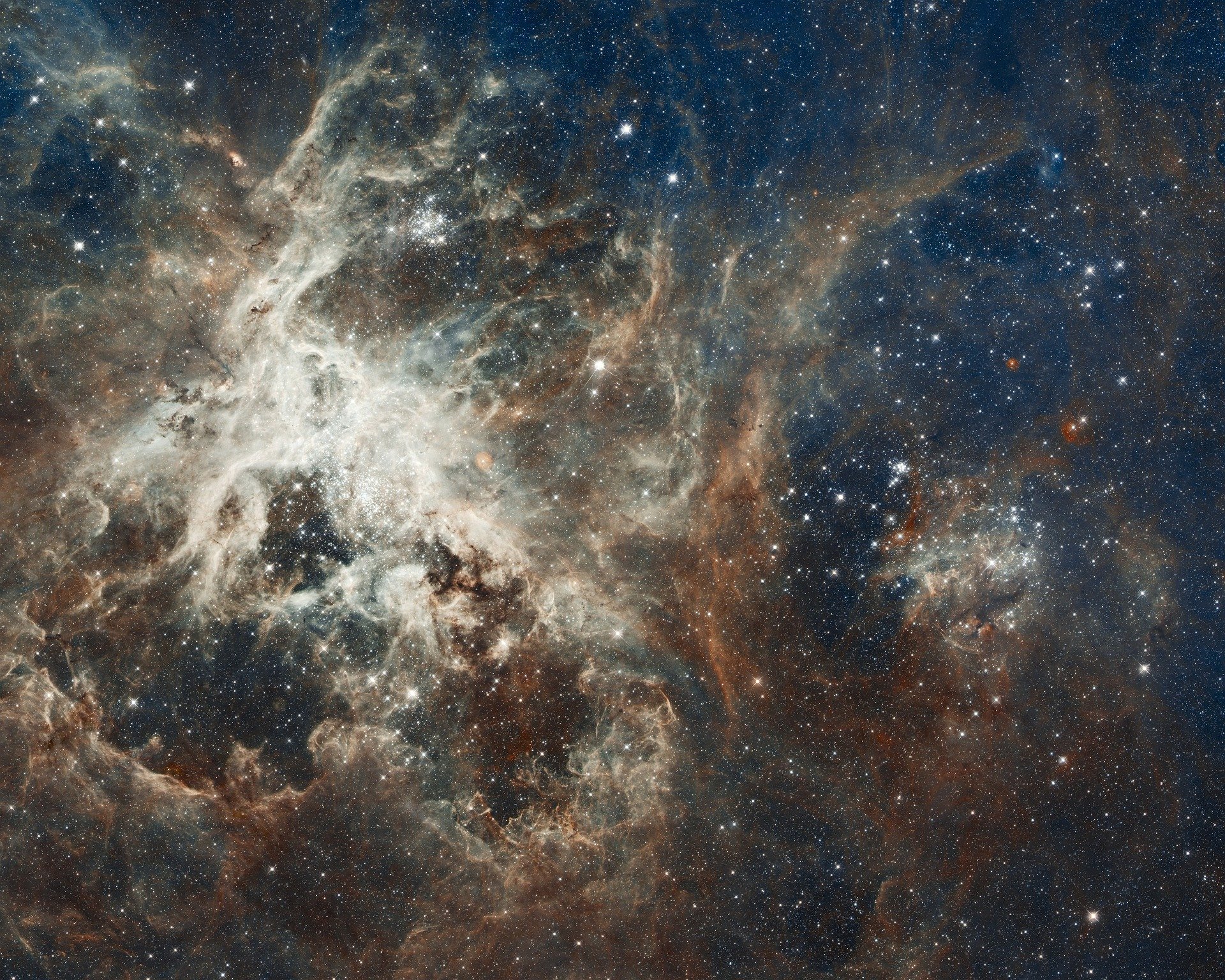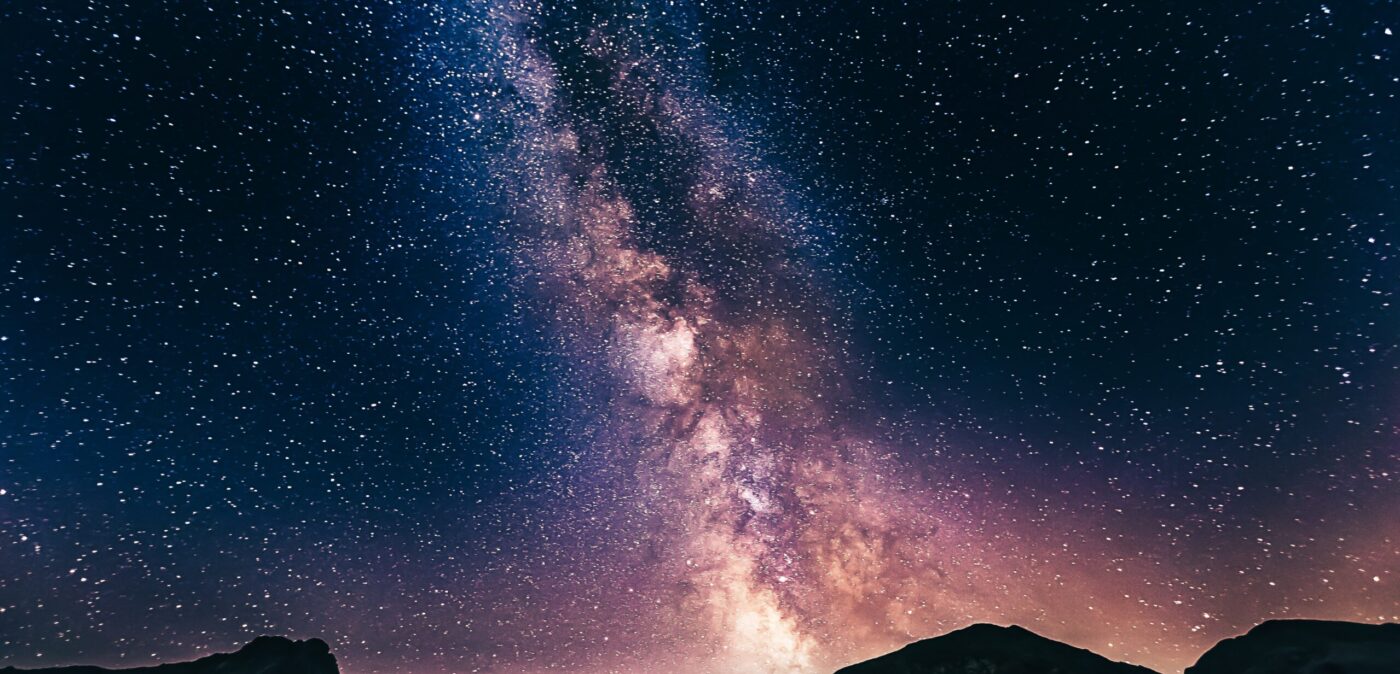
Largest Wonders of Our Universe
The universe is an unimaginably vast place. It takes us nine months to get to our next planetary neighbor, Mars, and decades to reach the realm of the icy gas giants. And through all the progress we have made, nothing we’ve created has even come close to reaching the boundaries of our nearest star, Proxima Centauri. To give you an idea of just how big we’re talking, lets look at some of the largest objects ever discovered in the universe (so far)!
Black Hole Inside Galaxy NGC 1277 – (Mass – 17 billion suns)
Inside the galaxy NGC 1277 lies the largest black hole found to date. Located 250 million light years from Earth, this galaxy is located in the constellation Perseus. But what makes it unique is its size and mass. Normally, black holes make up .1 percent of the galaxy’s mass. That’s why the entire galaxy isn’t torn apart by the black hole. But in the case of NGC 1277, the black hold makes up 14 percent of its mass.
The black hole is 11 times wider than the orbit of Neptune. For reference, at its closest, Neptune orbits 4.45 billion kilometers away from the sun. So this black hole is at least 48 billion kilometers wide. Scientists believe that more of these mega-sized black holes exist, and this could call for another category for the classifications of black holes.
IC 1101 -(Size – 5.5 million light years across)
IC 1101 is the largest galaxy found to date. Our own galaxy (The Milky Way) is around 100,000 light years across. But this galaxy is around 50 time larger! IC 1101 has a daunting size of 5.5 million light years. That means that if a light beam started out at one end of the galaxy, it would take 5.5 millions years to reach the other side. According the laws of physics, nothing can travel faster than the speed of light – so that’s just the minimum time it takes to cross this galaxy.
IC 1101 is located 1.045 billion light years from Earth and is located in the Abell 2029 cluster. This galaxy could easily contain around 100 trillion stars.
Laniakea Supercluster – (Size – At least 520 million light years across)
Galaxies often reside in galactic neighborhoods. They’re usually clustered closely (astronomically speaking) to other galaxies, forming a link on the Great Cosmic Web. Our galaxy has the honor of being a part of the largest cluster of galaxies found so far. The Laniakea Supercluster contains around 100,000 galaxies and has a mass (total) of around 100 million-billion times that of our sun. To us, our sun appears so large. a million earths could fit inside the sun. yet, this supercluster is 100 million-billion times that size!
What’s even more mind-bending is that further studies have shown that the Laniakea supercluster may be a part of an even large cluster that we are not able to see just yet!
South Pole Wall – (Size – 1.4 billion light years)
Just a few days ago, astronomers found one of the largest objects in space. “The South Pole Wall” as its been nicknamed resides in a part of our galaxy that we can’t see very well yet – the center. This area is overcrowded with stars (from our perspective) making it extremely hard to study due to the immense amount of light hitting our telescope lenses.
All the galaxies in our universe are clumped together, forming the Great Cosmic Web. The galaxies are all strung together along this web, encircling enormous distances of what is believed to be empty space. One of these strings is the South Pole Wall. While scientists have confirmed the existence of this phenomena, it’s not certain just how long and wide it is.
Hercules-Corona Borealis Great Wall – (Size – at least 10 billion light years across)
And finally, the largest object ever discovered – the Hercules-Corona Borealis Great Wall. This is the largest supercluster in the universe (so far found). The supercluster is 10 billion light years across – and the universe is only 13.8 billion years old! Light that reaches our eyes from the far side of this cluster started its journey 10 billion years ago – astronomical speaking, near the beginning of the universe’s birth.
Its existence still cannot be explained, and some even question its very existence. But most are convinced that this supercluster exists, and for now, it holds the title of the largest object in our universe. But only time can tell whether it will hold this title in the future.
Resources:
LIVE SCIENCE, LIVE SCIENCE






Tagged #cassini, #clouds, #hexagonalstorm, #magneticfield, #saturn